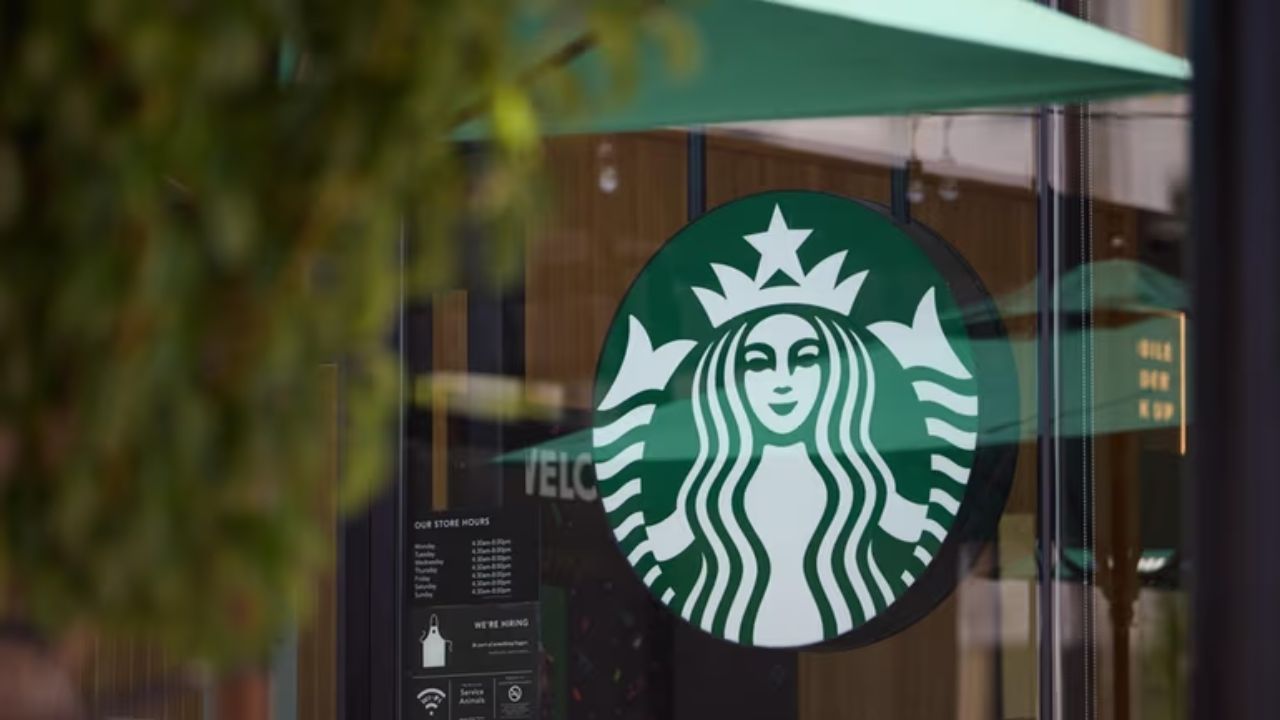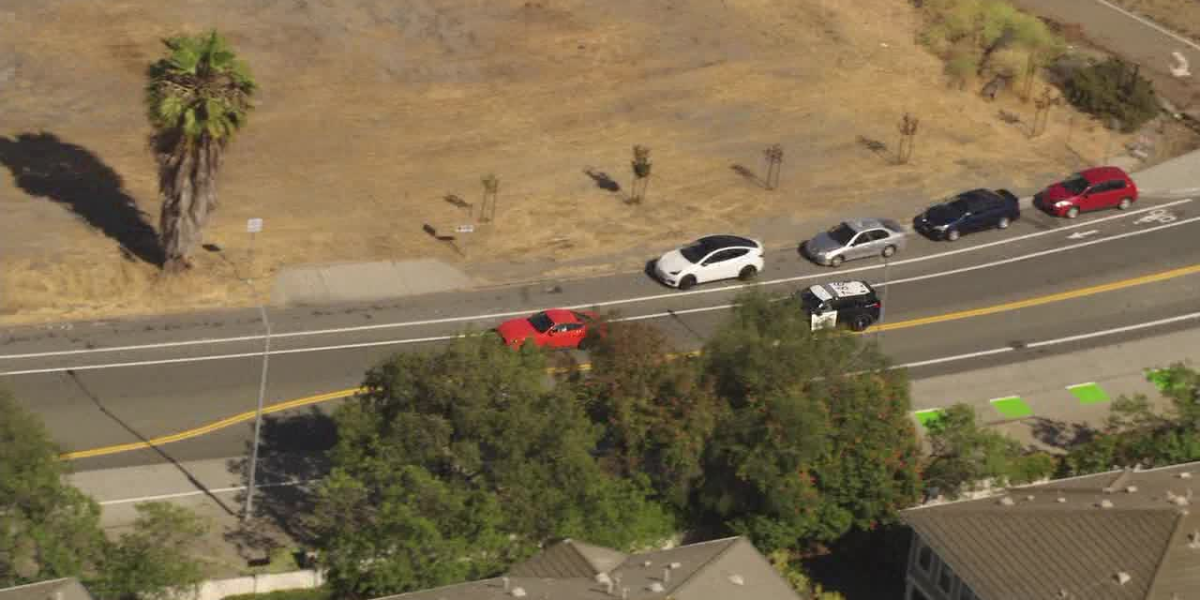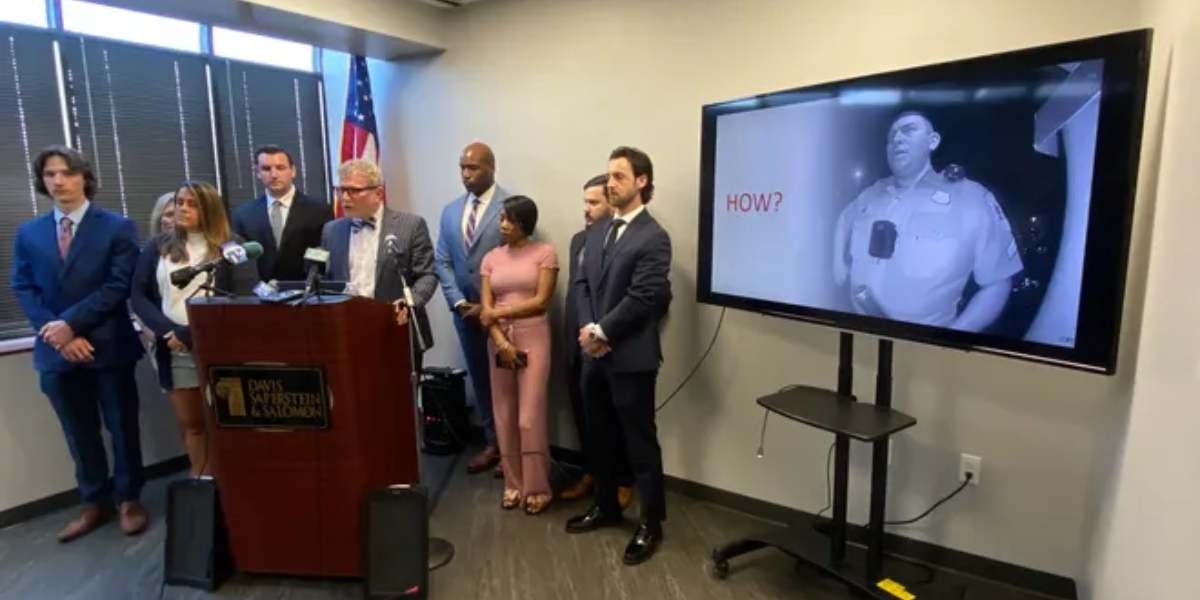With an expected 18,300 stores in North America by the end of the fiscal year on Sunday — down from 18,734 locations as of June 29 — Starbucks is undergoing a significant contraction in its physical presence. Updates to store hours and closures will be available on the Starbucks app by Sunday, offering customers real-time information about their nearest locations.
Confirmed Starbucks Store Closures Across the Nation
Employees nationwide have started sharing closure notifications which have been cross-checked against the Starbucks online store locator, identifying multiple locations that appear “closed” on the days following Sunday. Below is an overview of some identified stores closing, illustrating the scale and geographical coverage of this contraction:
- California: Numerous closures including multiple stores in Los Angeles (such as 138 S. Central Avenue, 444 South Flower Street, and 3150 Wilshire Blvd), as well as locations in Danville, Hemet, Hollywood, and Santa Monica.
- Illinois: Several Chicago locations including 1588 N Milwaukee Ave and 1730 W Fullerton Ave.
- Texas: Multiple Houston stores including 2101 Smith St. and 3407 Montrose Blvd., plus College Station’s 409 University.
- Oregon: Closures across Portland, Medford, Eugene, Ashland, and Coos Bay.
- Washington: Seattle closures include flagship locations like the Capitol Hill Reserve Roastery at 1124 Pike St and the Starbucks Reserve Store at Starbucks Corporate Headquarters.
- Additional States: Closures also reported in Arkansas, Arizona, Colorado, Delaware, Georgia, Iowa, Kansas, Louisiana, Massachusetts, Minnesota, New York, North Carolina, Oklahoma, Pennsylvania, Virginia, and more.
Understanding the Scale and Impact of the Closures
This list represents only a fraction of total expected closures as Starbucks adjusts its footprint to meet evolving market conditions. Company statements indicate a focus on streamlining operations and optimizing store locations as part of a broader strategy.
Key facts about the current closures include:
- Store closures have already begun as of late September 2024.
- At least 90 confirmed stores have been identified, with updates ongoing.
- The Starbucks app will provide the most current information on store status and operating hours.
- Closures predominantly affect U.S. and Canadian stores.
“While Starbucks has not provided a full public list of store closures, the confirmed locations reflect a strategic move to refine the company’s market approach,” said an industry analyst following the developments.
For more comprehensive and up-to-date details on store closings, readers can visit the official coverage here.
What Does This Mean for Starbucks Customers and Employees?
The impact on customers will vary based on local closures, with some communities seeing fewer Starbucks options as stores shut down. Employees affected by store closures may face transitions, with the company likely managing relocations or severance in accordance with its policies.
Read Also: NY Woman Indicted for Robbing and Drugging Four Men with Fentanyl, Resulting in Three Deaths
Starbucks encourages customers to check the app for updated store hours and closures to avoid inconvenience. The ongoing adjustments will reshape the availability landscape for this iconic coffee brand.
To recap:
- Starbucks is downsizing its North American store count as of late 2024.
- Closures span a broad range of states and cities, with many high-profile locations impacted.
- Customers should stay informed via the Starbucks app and company announcements for accurate information.
Looking Ahead: Starbucks’ Future Strategic Moves
This restructuring is part of Starbucks’ broader objective to enhance operational efficiency amid changing consumer behaviors and economic pressures. How this will affect the chain’s market share and growth trajectory remains closely watched by industry experts and loyal customers alike.
“These store closings signify an important recalibration for Starbucks,” noted a business expert. “The company aims to focus resources on the most viable locations while exploring innovative service models.”
As Starbucks evolves, customers and communities should monitor official updates to understand how these changes may influence local access to their favorite coffee destinations.


 by
by 

